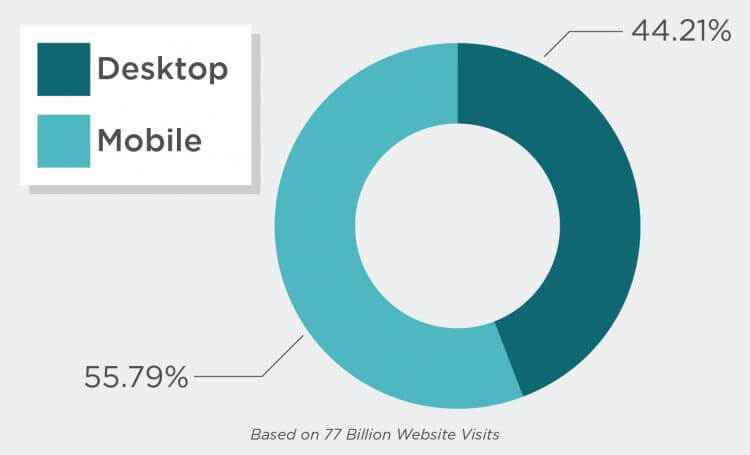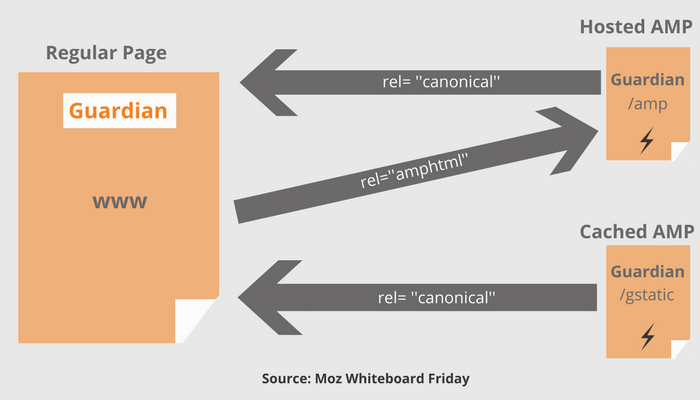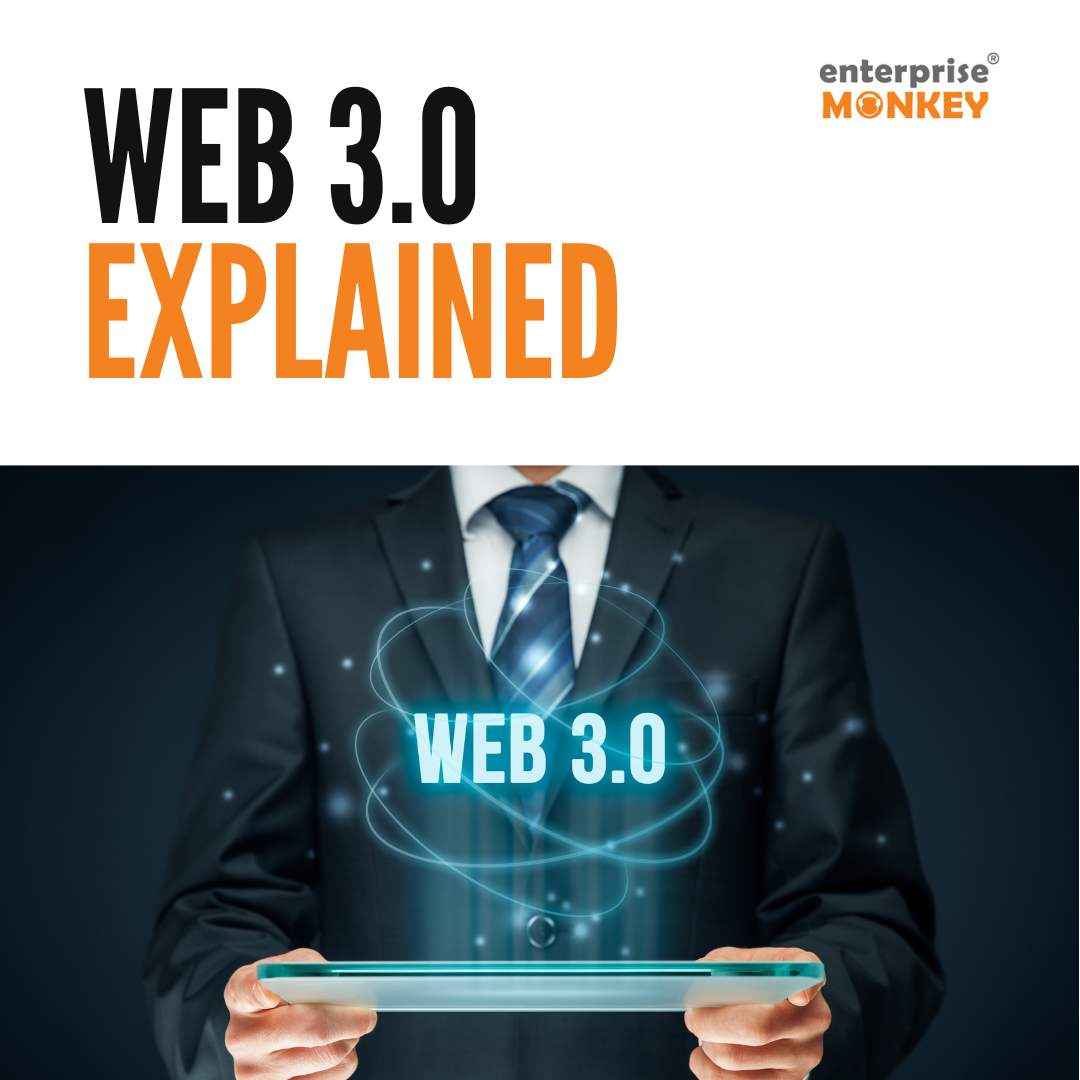Would you as a businessman prefer browsing a website on your mobile? In the presence of some accessibility factors, definitely!
But if it was two years back, I don’t think anyone could go through a website without getting annoyed with its speed and user experience. Chrome on various Android devices felt entirely outclassed at times, a vicious loop that leads to plunging the sales and growth of a lot of businesses.
According to Kissmetrics, if your site doesn’t load in four seconds or less, 25% of those who navigated to your site will leave.
Thanks to Google’s initiative on AMP, mobile web browsing has become so much easier.
But the glitch is, a lot of businesses are unaware and untouched of the benefits of AMP even in the year 2018 because it is deemed unimportant as compared to aspects like UI/UX of the website.
If you have your business online, this is for you!
Here is the amount of traffic that a mobile device brings to your website:

Source
Also, 33% of consumers start mobile research with a branded website, only 26% with a mobile app.
Google launched AMP in 2015 for a very legit reason.
According to Techcrunch, it has reached across 900,000 domains, Google’s AMP now powers over an estimated 2 billion mobile pages.
Woah. That spread like wildfire!
It has since evolved manifold taking care of some of the other aspects of mobile website browsing. Today, the AMP team is continuing to regularly roll out a selection of developments, changes, and features that range all the way from tiny to transformative.
But what exactly are these Accelerated Mobile Pages, what do they mean for search, and how can you as an entrepreneur prepare for it all? You’ll find answers to all these questions in the following article. So sit back and read on!
What Are Accelerated Mobile Pages?
Accelerated Mobile Pages is a global project with one major goal; faster mobile websites with the better user experience. It involves optimising everything from content to coding of the page to reduce page loading time when you access a website through mobile.
In simple words:
AMP – Accelerated Mobile Pages – is an Open Source framework made to expedite load times for mobile website accessing.
This technology rolls out a new coding language, AMP HTML which works by eliminating certain sections of the code to increase loading speed and reliability.
They can be identified spotting its symbol (lightning bolt) as in the following snapshot:

The differences in AMP pages won’t be that obvious to anybody who opens a website page on mobile.
The speed of loading, which is seriously rapid, will provide the most significant clue to the fact that page might be enabled with AMP; note that AMP pages eliminate elements that contribute to slow loading of the pages, letting the page to load up to 85% faster than non-AMP pages.
Let’s go through some of the major mechanisms and benefits of AMP that let you know how you can use it to profit your business website.
How Accelerated Mobile Pages Work?
To provide a web page to an end user particularly using Accelerated Mobile Pages the following tasks need to happen in the background:
- When a page is seen first, it is requested from a server.
- Then the server finds the proper file and content associated with the request.
- The server has to allocate necessary RAM and bandwidth to serve up the page to end user.

Keep in mind that this occurs in a fraction of second(s). Through the use of AMP HTML and AMP JavaScript the process is expedited, and therefore content presentation is attained much faster.
To provide web pages with a significant speed, AMP is divided into three categories AMP HTML, AMP JS and AMP CDN, all in an open source format. Anyone can contribute and use it in any way they see fit, with certain restrictions put in place to ensure the integrity of the system.

Let’s discuss them in detail:
AMP HTML
AMP HTML, the subset of HTML are a unique set of pre-processing tags that are operated on the pages to load them in an efficient manner. The HTML tags are mainly restricted to image embedding and text formatting. These significant elements further help analyse information on a mobile device. This is the way AMP HTML works for developing quick loading web pages.
AMP HTML documents are uploaded just like HTML documents and live in the document root of the web server along with all the other HTML files.The web server doesn’t need any special tweaks or configurations to deal with it.
With AMP HTML, you can use custom styling through CSS without restrictions. What you can’t do is implement custom Javascript.
AMP JS
As the name implies, AMP JS is the limited AMP JavaScript files that are prolifically created to load all externally integrated resources asynchronously. We have seen that the external elements of an article like text and images load last. Same way, AMP JS leaves certain elements by assuming what would be more important to for users to see. Accordingly, it starts filtering and downloading the data from a webpage. The objective being, diminishing the lengthy code execution for the mobile devices to ensure the best data use.
AMP JS handles all the resource loading for your documents. As it is explicitly optimised for the AMP spec, Google has banned further javascript designed by the developer.
The reason for such a heavy-handed JS procedure is that synchronous JS can block prevent the rendering while the page is loading. AMP JS is asynchronous.
AMP CDN
AMP CDN (Content Delivery Network) is also known as AMP Cache. AMP CDN is the Google’s server system of functioning on lifting the heavy traffic towards your most recent content. It runs by pre-positioning the data and circulates it all over the globe. This technique ensures that a page requested by the user not mandatorily to be sent in a hierarchy. Instead, with the help of AMP Cache, Google puts a pre-defined and entirely optimised copy of the requested page on the server and display it as AMP when needed.
Look at this AMP workflow to know the hierarchy of things:

Source
The caching fetches, caches, and improves the performance of all AMP HTML pages. All documents, JS, and images load from the same HTTP 2.0 origin. The validation system runs a set of assertions and makes sure that the page will work and that it doesn’t have outside dependencies.
Watch this video on how to validate amp pages:
So, that’s all about the functioning of the AMP.
How Will Google AMP Affect Your Business’s Search Results?
What’s intriguing next is that, besides the obvious advantages like speed and usability, AMP have some more good sides for your business to it. Let’s see:
No wonder one of the major benefits of website pages developed with AMP is that the pages load with the lightning speed on mobile devices.
Improved Search Engine Ranking
Although AMP is not yet deemed to be an independent ranking factor, Mobile-responsiveness and page load speed times are well-known ranking factors. As AMP dramatically improves page loading times and mobile friendliness it is highly likely that a website developed with AMP will be rewarded with higher rankings than slower and unresponsive sites.
Visibility Enhanced
Search results will display AMP symbols in green. The inclusion of these logos could see click-through rates enhance for these pages as search results will not only stand out more but users will start to see AMP pages as they seek quicker loading times.
Better Ad Support
AMP’s object is to be compatible with a range of ad networks, integrations and technologies. The goal is to produce ads that are fast while allowing the content to look good and grab the viewer’s attention. This should help advertisers to increase their influence and improve ROI on ad spend.
Sharp AMP Analytics
The importance to track visitor behaviour on websites has been realised in recent years, and AMP takes this into account. Publishers can choose from two tags which will automatically track visitor data such as visitor counts, new vs returning, clicks/conversions, video and link tracking and more.
Added Brand Value
There is this innovation reward linked to your AMP. It offers an added value proposition. Making your website eligible for AMP will not only help position you as an innovator but also a go-to source. You see, Accelerated Mobile Pages are shown on mobile devices at Google’s discretion.
For example, your brand may be the only one in your industry or vertical eligible for this feature. Therefore from a market perception standpoint, you may get additional recognition and deemed as an innovator. Innovation would be listed as a new method or idea. In this scenario, leveraging the power of Accelerated Mobile Pages to help position your brand as an innovator.
Technology providers are supporting AMP: Twitter, Pinterest, WordPress.com, Chartbeat, Parse.ly, Adobe Analytics and LinkedIn.
Players Who Played It Well
Certain big names suggested by Search Engine Watch came out to perform really well with this technology on their hands, here are a few names:
- WordPress — AMP’d up tens of millions of websites in addition to VIP publishers
- Reddit — Announced tens of millions of pages in AMP
- Bing — iOS and Android app supports AMP
- Ebay — AMP’d up 15 million product category pages
- Pinterest — Uses AMP for Pins
Some companies were able to pull off a very good amount of rise in their user bases and an extent of credibility in their brand value, let’s see the numbers:
- Washington Post — 23% rise in mobile search users who return within 7 days
- Slate — 44% rise in monthly unique visitors and a 73% increase in visits per unique monthly visitor
- Gizmodo — 80% of Gizmodo’s traffic from AMP pages is new traffic, 50% increase in impressions
- Wired — 25% rise in click-through rates from search results, with CTR on ads in AMP stories up by 63%.
- Relay Media — in the mere 30 days alone has converted over 2.5 million AMP pages for publishers like The Daily Dot, Hearst Television and The Miami.
- Herald which says mobile users who start with an AMP article spend 10% more time than those who land on regular mobile pages.
Conclusion
All people want from Google is quality over quantity, when it comes to the AMP pages, it implies less commotion and more competition. Also, faster-loading mobile pages will result in more page views, which will give users access to better and relevant data. To sum up, the key principles that Google relies this technology on would be:
- Faster
- ‘Beautiful’
- Safe
- Better
Google also as assumed with its normal functioning, will use click behaviour to decide what kind of content is more relevant, AMP or local content. So, be enthused with AMP but also ensure that your content is top-notch. Remember, AMP single-handedly will never fetch you results!
Keep your goals intact and put your resources in the right basket at the right time!
Rest assured, we’re always at your service in case you need any further assistance with AMP.
Cheers!










